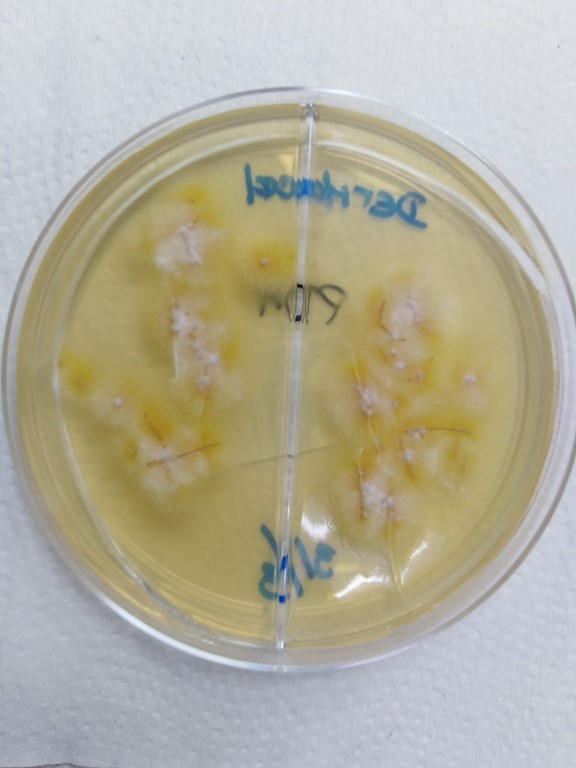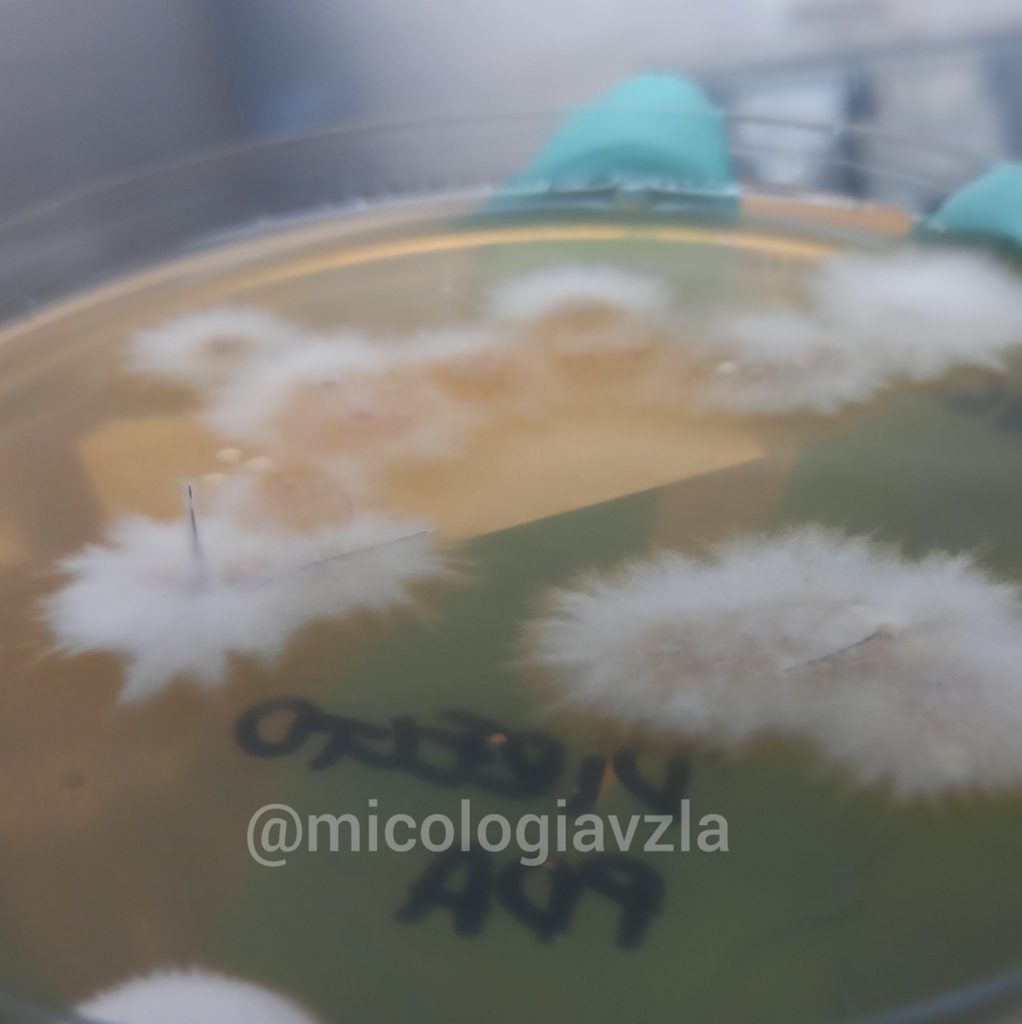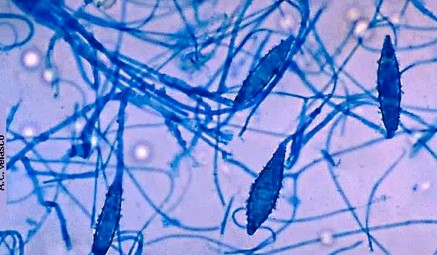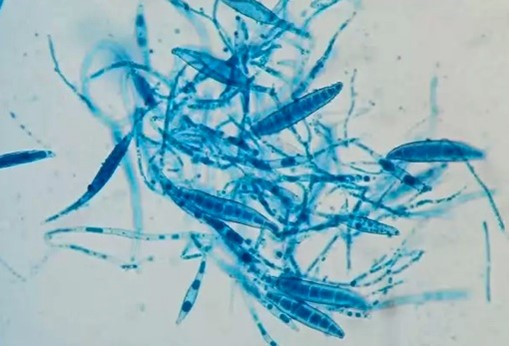Factsheet
| SPECIES/COMON NAME Microsporum spp. |
| CLASSIFICATION Main species M. canis; other M. gypseum, M. nanum and M. audouinii Note – The name of M. gypseum has changed to Nannizzia gypsea |
| NATURAL HABITAT M. canis and M. nanum are zoophilic, being cat, dogs and other pets the main reservoir; M. gypseum is geophilic. M. audouinii is anthropophilic. |
| GEOGRAPHY Worldwide distribution. |
| PREVALENCE M. canis is among the three main causes of dermatophytosis, depending on the analysed series. M. gypseum infrequent. M. nanum very infrequent. M. audouinii is especially common in Africa because of the high frequency of tinea capitis there. |
| DISEASES Tinea corporis; tinea capitis including Kerion celsi. |
| CULTURE M. canis produces spiky and thick-walled macroconidia (50-150 x 8-15 µm); few or no microconidia (if present, are small, hyaline and tear-drop or elliptical). Species are identified based on macroconidia morphology. Filamentous mycelium, frequently forming racket-shaped hyphae. Fast growing colonies (3-5 days), white at first, then lemon-yellow or browny, cottony or powdery. BIOSAFETY LEVEL 2 |
| ANTIFUNGAL RESISTANCE Usually susceptible to fluconazole, itraconazole, griseofulvin but not terbinafine. Resistance to terbinafine has increased in recent years. |
| INDUSTRIAL USES None |





